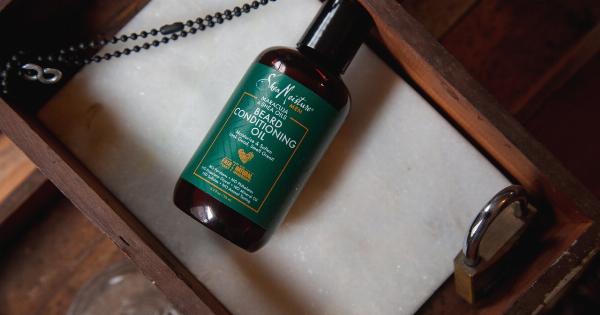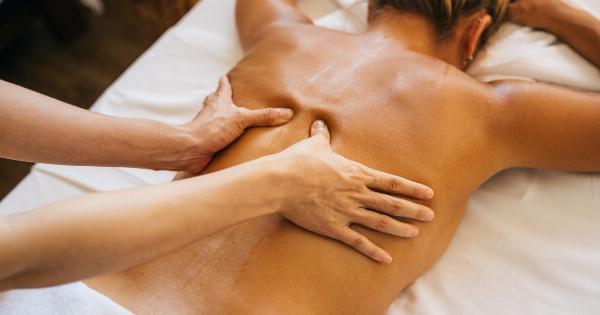Alopecia is a condition characterized by the loss of hair from typically hair-bearing areas of the body. It is commonly associated with an autoimmune disorder where the body’s immune system mistakenly attacks its own hair follicles.
This results in hair loss, which can range from mild to severe depending on the individual. In this article, we will explore various solutions for autoimmune hair loss and ways to manage and cope with this condition.
Understanding Alopecia
Alopecia is a complex condition influenced by various genetic, environmental, and immunological factors. It is categorized into different types, including:.
1. Alopecia Areata
Alopecia areata is a common autoimmune form of hair loss that causes round, smooth patches of hair loss on the scalp, eyebrows, eyelashes, or other hair-bearing areas.
It can occur at any age and is thought to result from a combination of genetic predisposition and triggers such as stress or infections.
2. Alopecia Totalis
Alopecia totalis is a more extensive form of alopecia areata, resulting in complete loss of hair on the scalp.
3. Alopecia Universalis
Alopecia universalis is the most severe form of autoimmune hair loss, leading to the loss of hair not only on the scalp but also on the entire body, including eyebrows, eyelashes, and pubic hair.
Treatment Options
While there is no known cure for alopecia, several treatment options can help manage and stimulate hair regrowth in individuals with autoimmune hair loss:.
1. Topical Corticosteroids
Topical corticosteroids are commonly prescribed to reduce inflammation and suppress the immune response in the affected areas.
They are available in various forms such as creams, lotions, or foams, and are applied directly to the scalp or affected areas.
2. Intralesional Corticosteroid Injections
Intralesional corticosteroid injections involve injecting corticosteroids directly into the patches of hair loss. This treatment option is particularly useful for individuals with alopecia areata or alopecia totalis.
3. Topical Immunotherapy
Topical immunotherapy aims to modulate the immune response in the affected areas by applying a contact sensitizer such as diphencyprone (DPCP) or squaric acid dibutylester (SADBE).
This treatment helps stimulate hair regrowth and is commonly used for severe cases of alopecia areata.
4. Minoxidil
Minoxidil is an over-the-counter medication available in topical solution or foam form.
It is commonly used to treat androgenetic alopecia (male or female pattern baldness), but it can also be beneficial in managing alopecia areata or other forms of autoimmune hair loss.
5. Platelet-Rich Plasma (PRP) Therapy
Platelet-rich plasma therapy involves injecting a concentration of the patient’s own platelets into the scalp. PRP contains growth factors that promote hair growth and stimulate dormant hair follicles.
This treatment option may be suitable for individuals with different types of alopecia.
6. Hair Transplantation
Hair transplantation is a surgical solution for individuals with significant hair loss. This procedure involves extracting hair follicles from donor areas and transplanting them to the bald or thinning areas.
It can provide natural-looking results and is commonly used for individuals with alopecia totalis or alopecia universalis.
Coping with Alopecia
Alopecia can have a significant emotional and psychological impact on individuals experiencing hair loss. It is essential to address the emotional aspects and adopt coping strategies:.
1. Support Groups
Joining support groups or connecting with others who have alopecia can provide emotional support and a sense of community. Sharing experiences and learning from others can be empowering and reassuring.
2. Psychotherapy
Psychotherapy, such as cognitive-behavioral therapy or counseling, can help individuals manage the emotional distress associated with alopecia. A therapist can provide coping strategies, boost self-esteem, and address body image concerns.
3. Camouflage Techniques
Using cosmetic techniques such as wigs, hairpieces, or scalp micropigmentation can help individuals camouflage hair loss and regain confidence in their appearance.
4. Embracing a Healthy Lifestyle
Adopting a healthy lifestyle with regular exercise, a balanced diet, and stress management techniques can contribute to overall well-being and indirectly promote hair health.
5. Scalp Care
Proper scalp care involves gentle cleansing, avoiding harsh chemicals, and using moisturizing or soothing products to maintain a healthy scalp environment and promote hair growth.
Conclusion
Alopecia is a challenging condition that requires a multidimensional approach for management. While there is no definitive cure, various treatment options can help stimulate hair regrowth and manage the autoimmune response.
Furthermore, adopting coping strategies and seeking emotional support is crucial in addressing the psychological impact of hair loss. Remember, alopecia does not define an individual’s worth, and with the right support and management, it is possible to live a fulfilling and confident life.



























